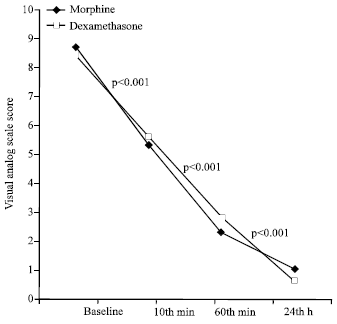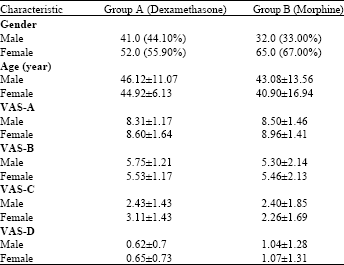Research Article
Intravenous Dexamethasone Versus Morphine in Relieving of Acute Migraine Headache
Department of Neurology, Tabriz University (Medical Sciences), Tabriz, Iran
H. Amiri
Department of Emergency Medicine, Tehran University of Medical Sciences, Tehran, Iran
H. Shojaan
Department of Internal Medicine, Tabriz University (Medical Sciences), Tabriz, Iran
S. Shamsvahdati
Department of Emergency Medicine, Tabriz University (Medical Sciences), Tabriz, Iran
Y. Houshyar
Physical Medicine and Rehabilitation Research Center, Tabriz University (Medical Sciences), Tabriz, Iran












